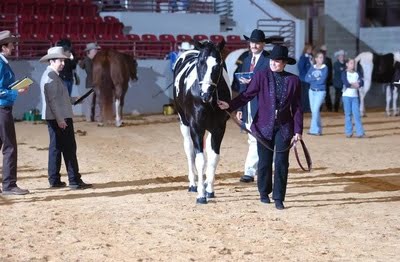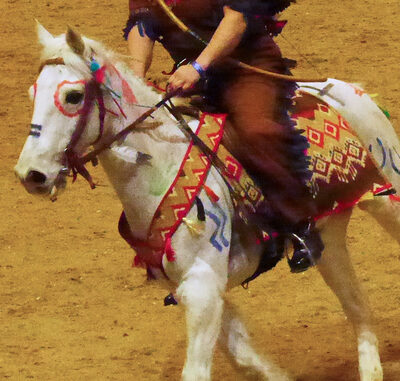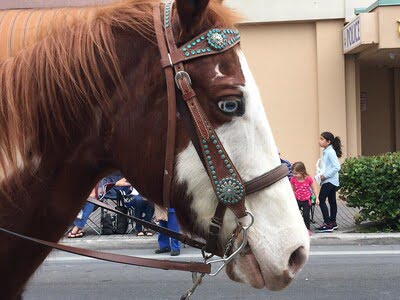Jackie and Scott Nelson, proud owners of the renowned riding ranch “Down Under Colour” in Melbourne, Florida, were recently bestowed with an incredible stroke of luck. Specializing in breeding exquisite paint horses, they were astonished when one of their newborn fillies, named Coconut, possessed truly remarkable markings that held profound cultural significance.

Coconut happened to be what is commonly referred to as a “war horse,” and the intriguing history behind these equines is nothing short of captivating. Native American folklore, particularly Plains mythology, often mentions the revered figure of the Medicine Man. Serving as a traditional healer and spiritual leader of Native American tribes, the Medicine Man’s extensive knowledge of medicinal practices and sacred rituals empowered them to care for and heal their community members.

How did the Medicine Man wield their healing powers, and why were war horses so closely associated with them? According to Britannica, “The Medicine Man employed appropriate words, incantations, objects, dances, and rituals to protect men from demons – their role was to combat evil spirits and act as guardians for ordinary individuals.”
“The roles of Medicine Men varied across different tribes, with regional and tribal nuances in Shamanic beliefs. Nonetheless, there were several common responsibilities shared by every Medicine Man. They were healers, communicators, teachers, prophets, and mystics.”
The profound connection between Medicine Men and war horses is a recurring theme in Native American history. It is believed that Medicine Men possessed a supernatural bond with animals, exclusively riding a specific type of horse known as the war horse. These horses were entirely white in color, with only a small patch covering their ears and the top of their heads. This distinct marking came to be known as a “Medicine Hat” or “War Bonnet” and was the most recognizable feature of these exceptional equines.

Another distinguishing characteristic of war horses was the presence of a single blue eye, referred to mythologically as a “Sky Eye.” This blue eye was believed to carry the spirit of the Medicine Man back to the Gods in the event of their demise during battle. In essence, the war horse was considered a protective companion for the Medicine Man, shielding them from harm on the battlefield while also warning others of imminent dangers.
To honor the perceived extraordinary powers of these horses, tribe members used the horses’ bodies as canvases, adorning them with vibrant and decorative colors. Specific patterns and symbols were believed to bring protection, triumph, and good fortune.
Recognizing the exceptional nature of Coconut, Jackie and Scott shared a video of her on YouTube, inviting others to witness her beauty. It didn’t take long for viewers to express their awe and admiration for the stunning equine. Some of the comments included:
“What a beautiful foal, and she’s such a great mother. I love how she acts as a barrier when the foal approaches the fence. The foal’s markings are exquisite, especially with her brown ears and spots.”
“Medicine hat and war guard on her chest!”
“Absolutely the most adorable little filly I’ve ever seen in my life! I wish I could have her! You have one proud and deserving mother there.”
Have you ever come across a horse like this before? Watch the captivating video below and witness the enchanting beauty of Coconut for yourself!


